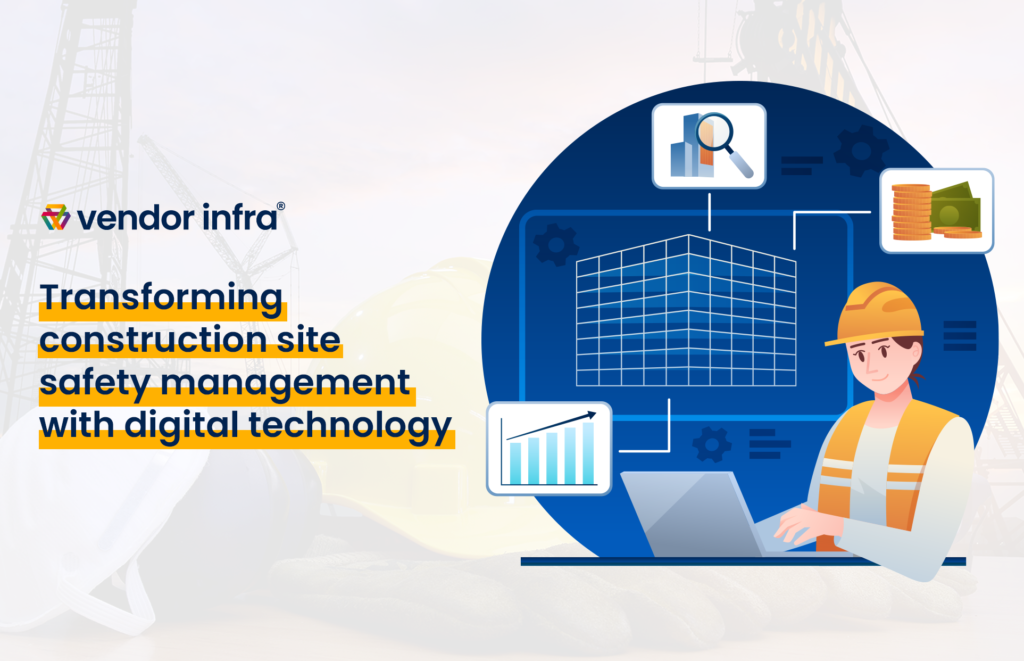The advent of digital technology has revolutionized construction site safety management, marking a significant departure from traditional methods. With the rise of artificial intelligence and machine learning, the industry has transcended its historical limitations, ushering in a new era of enhanced safety protocols.
Here’s a breakdown of how digital technology is reshaping construction safety:
1. Digital Inspection Tools: Traditional inspection methods often fall short in comprehensively assessing inaccessible or hazardous areas on job sites. However, tools like drones, the Internet of Things (IoT), and AI based cameras are changing the game. These technologies enable contractors to conduct thorough inspections and analyse vast amounts of real-time data. Additionally, project management software’s are streamlining the process by facilitating the transfer, storage, and sharing of inspection data.
2. Wearable Technology: Real-time monitoring of workers’ health and environmental conditions is crucial for incident response and prevention. Wearable technologies like smart helmets and vests equipped with sensors allow contractors to track various metrics such as heart rate, movement, and proximity to hazards. This data empowers proactive safety measures and swift responses to potential risks.
3. Virtual Reality Training: Providing workers with realistic simulations of hazardous scenarios allows them to practice responses in a safe environment. Virtual reality training enhances workers’ ability to react quickly and safely to real-life situations, mitigating risks associated with on-site hazards.
4. Building Information Modeling (BIM): BIM software facilitates the creation of detailed, multi-layered representations of construction sites. By consolidating project data into a single virtual model, contractors can identify and address potential hazards more efficiently than ever before. BIM offers insights beyond traditional blueprints, enabling comprehensive hazard management throughout the project lifecycle.
5. Predictive Analytics: Utilizing predictive analytics tools, construction companies can forecast potential safety hazards based on historical data, current conditions, and trends. By analyzing past incidents and near-misses, contractors can proactively implement preventive measures to mitigate risks before they escalate into accidents, thereby fostering a safer work environment.
6. Collaborative Safety Platforms: Collaborative safety platforms enable seamless communication and coordination among project stakeholders, including contractors, subcontractors, and regulatory authorities. These platforms facilitate the sharing of safety insights, incident reports, and best practices in real-time, fostering a culture of transparency, accountability, and continuous improvement in construction site safety.
In conclusion, ensuring construction site safety is indispensable for the success of any project, regardless of its scale or complexity. By integrating digital technologies, contractors can optimize inspection, data analytics, and emergency response, thereby enhancing overall safety performance. Utilizing available digital tools, devices & software, empowers construction companies to identify and mitigate job site hazards effectively. Protecting the health and well-being of workers not only fosters a safe work environment but also improves productivity and enhances the quality of work. Adopting digital integration in construction site safety management is essential for achieving these goals and ensuring successful project outcomes.


